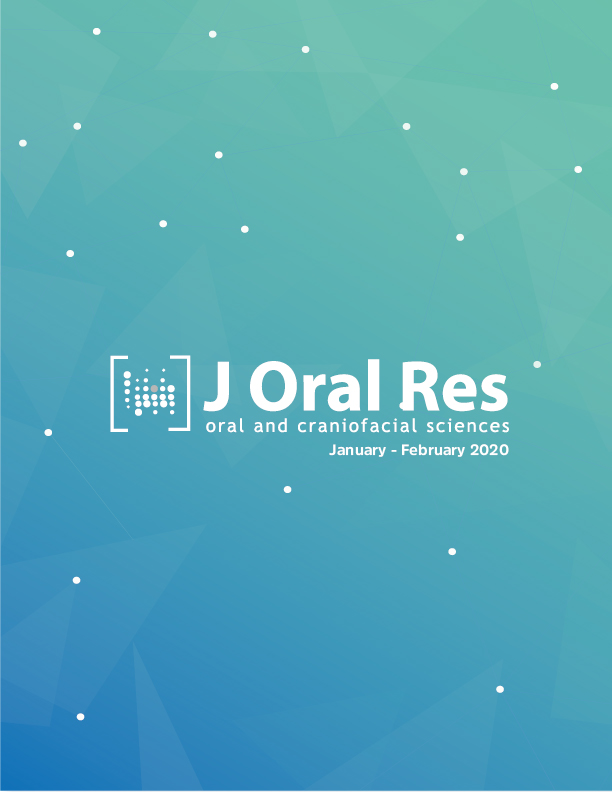Anatomical variations of the maxillary sinus septa of an Iranian population using cone-beam computed tomography: a retrospective study.
DOI:
https://doi.org/10.17126/%25xAbstract
This study sought to assess the internal anatomy of the maxillary sinuses and their septa using cone-beam computed tomography (CBCT) in an Iranian population. Materials and Methods: Resorption of alveolar bone decreases the height of the maxillary alveolar ridge. This height reduction may be so severe that it warrants ridge augmentation by a sinus lift. Manipulation of the maxillary sinuses, as in sinus lift surgery, requires adequate knowledge about the sinus anatomy. Results: Maxillary sinus septum, as an anatomical variation, may complicate the surgical procedures and increase the risk of complications such as sinus membrane perforation. In this retrospective study, 366 sinuses, 190 from females and 176 from males, aged between 10 and 65 years old presenting to the Oral and Maxillofacial Radiology Department of School of Dentistry at Hamadan University of Medical Sciences were evaluated by two oral radiologists. The extension of the maxillary sinuses, presence of septa, number of septa and their location were determined. Data were analyzed using the chi square test (level of significance p?0.001). The coefficient of agreement between the two oral radiologists was calculated based on Cohen kappa. Septa were present in 40.5% of the maxillary sinuses, out of which, 31.6% had one, 7.9% had two and 1% had three or more septa; 38% of the septa were horizontal while 62% had an oblique orientation. In total, 184 septa were found in 183 patients; out of which, 91 septa were 2 to 5 mm long while 93 septa were longer than 5mm. Conclusions: Comprehensive knowledge about the three-dimensional internal anatomy of the maxillary sinuses acquired by CBCT prior to surgical procedures can greatly help to prevent postoperative complications.
Downloads
Published
How to Cite
Issue
Section
Copyright (c) 2020 Universidad de Concepción

This work is licensed under a Creative Commons Attribution 4.0 International License.
This is an open-access Journal distributed under the terms of the Creative Commons Attribution License (CC BY 4.0). The use, distribution or reproduction in other forums is permitted, provided the original author(s) and the copyright owner(s) are credited and that the original publication in this journal is cited, in accordance with accepted academic practice. No use, distribution or reproduction is permitted which does not comply with these terms. © 2023.










